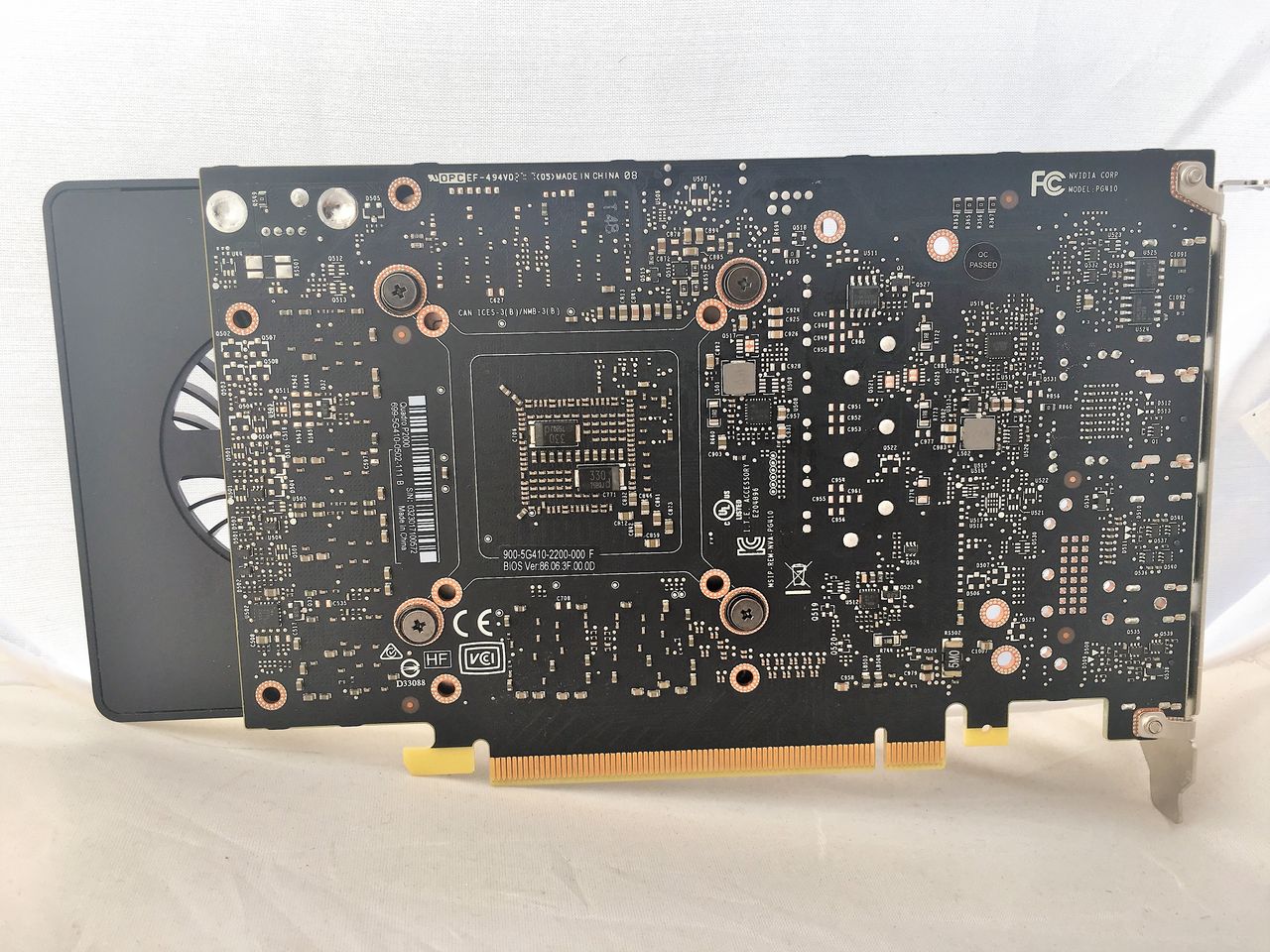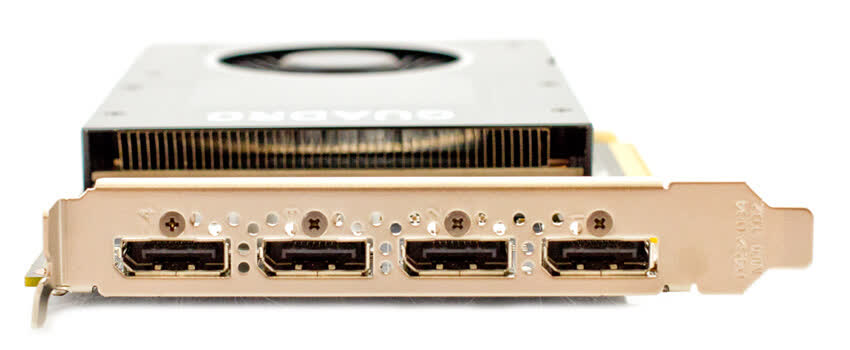
If you've installed the latest driver version then your graphics driver probably supports every CUDA version compatible with your graphics card (see section 1). You can acquire the newest driver for your system from NVIDIA's website. Since CUDA relies on low-level communication with the graphics card you need to have an up-to-date driver in order use the latest versions of CUDA.įirst, make sure you have an NVIDIA graphics driver installed on your system. The graphics driver is the software that allows your operating system to communicate with your graphics card. How to check if your GPU/graphics driver supports a particular CUDA version Newer versions of the CUDA library rely on newer hardware features, which is why we need to determine the compute capability in order to determine the supported versions of CUDA.Ģ.

Note: Compute capability refers to the computational features supported by your graphics card. If your card doesn't support the required CUDA version then see the options in section 4 of this answer. For example, CUDA 9.2 is not supported for compute compatibility 2.1.

For example, the GeForce 820M compute capability is 2.1.

Your graphics card driver must support the required version of CUDA.Your graphics card must support the required version of CUDA.The system requirements to use PyTorch with CUDA are as follows: Various circumstance-dependent options for resolving issues are described in the last section of this answer. Since I've seen a lot of questions that refer to issues like this I'm writing a broad answer on how to check if your system is compatible with CUDA, specifically targeted at using PyTorch with CUDA support. Your graphics card does not support CUDA 9.0.


 0 kommentar(er)
0 kommentar(er)
